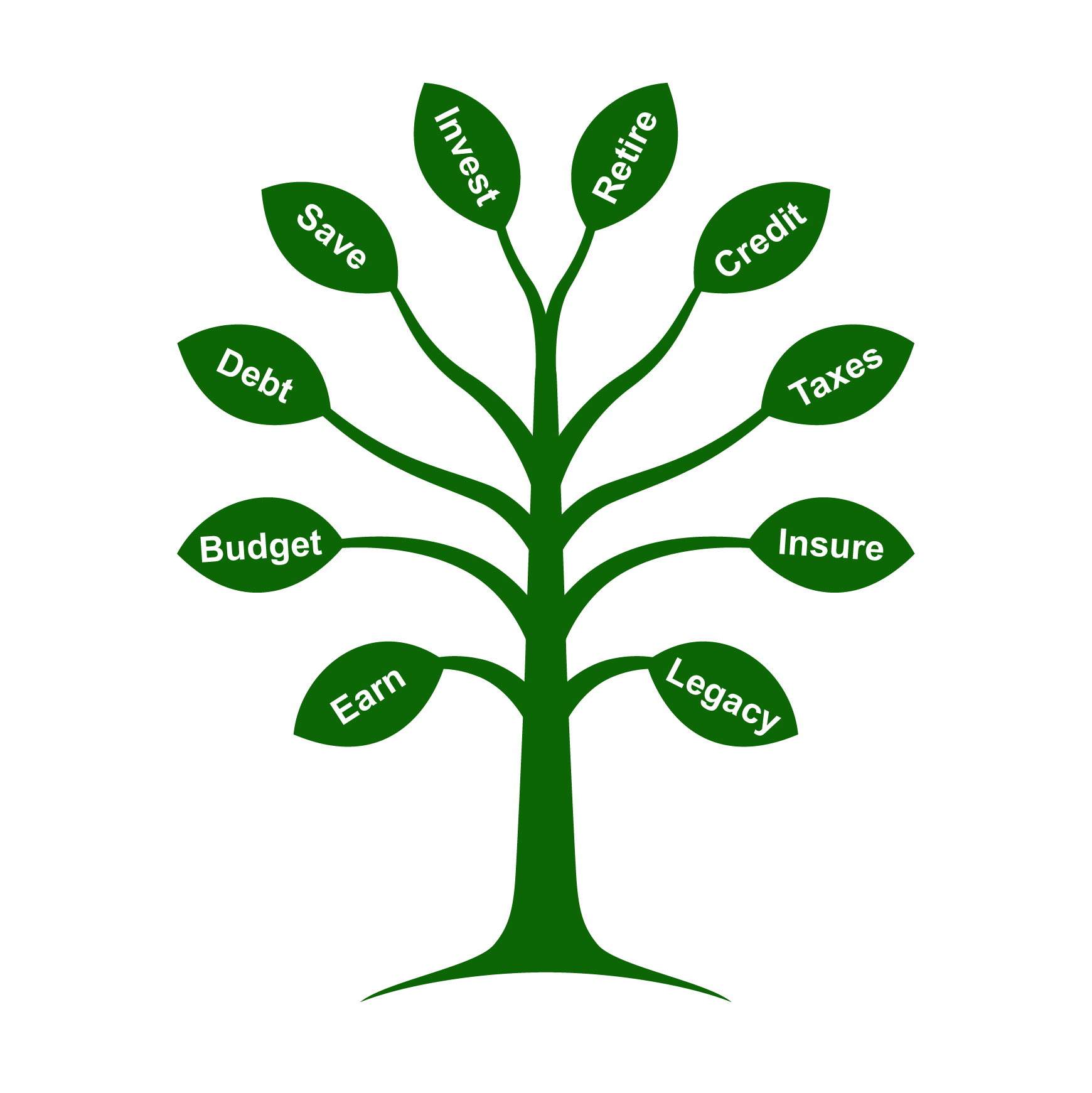Understanding Target Date Funds

Are you us confused how to put together a retirement portfolio? Do you want to spend less time monitoring and rebalancing your investments? If so, target date funds (TDFs) could be exactly what you’re looking for.
What is a TDF?
A TDF is a type of mutual fund designed to simplify long-term investing. The “target date” in the fund’s name refers to the approximate year when an investor plans to start withdrawing money, typically at retirement. The fund’s asset allocation, or the mix of stocks, bonds, and other investments it holds, automatically adjusts over time based on this target date, adjusting to reduce risk as that time nears.
Benefits of TDFs
One of the main benefits of TDFs is their simplicity. They provide a hands-off approach to investing, which can be particularly beneficial for those who lack the time or expertise to manage their own portfolios. TDFs automatically adjust their asset allocation, reducing the need for investors to rebalance their portfolios on their own. This can help mitigate the risk of poor market timing or emotional investing decisions. Additionally, TDFs offer diversification across different asset classes, which can help mitigate investment risk.
One key feature of a TDF is its glide path. This is the predetermined trajectory of the fund’s asset allocation, shifting from riskier investments (like stocks) to more conservative ones (like bonds) as the target date approaches. The goal is to strike a balance between growth potential and risk management, focusing more on growing your investments in the early years and shifting to protect them more as you near retirement.
Tips for Investing with TDFs
However, it’s important to note that *not all target date funds are created equal. They can differ significantly in their glide paths. Some funds transition to a more conservative asset allocation earlier than others, while some maintain a higher equity allocation even as the target date nears. These differences can impact the fund’s risk level and potential returns, so it’s crucial to understand a fund’s specific glide path before investing.
Moreover, TDFs are designed to be standalone investments. They provide a diversified portfolio in a single fund, eliminating the need for investors to manage asset allocation and rebalancing themselves. This makes TDFs a convenient option for those seeking a hands-off approach to retirement investing. Mixing other investments with a Target Date Fund can disrupt the carefully designed asset allocation strategy within the fund, which may lead to unintended consequences and diminish the effectiveness of the fund’s diversified approach.
Do Your Homework First
Target date funds offer a unique approach to retirement investing, simplifying asset allocation and rebalancing. However, they’re not one-size-fits-all solutions. Understanding the specifics of a fund’s glide path and considering your risk tolerance and retirement goals are essential before investing your money in any financial instrument, including target date funds.
If you’re not sure if a TDF is right for you, it can be very helpful to speak with a financial advisor who can discuss your personal financial situation and your spegoals and personal financial situation.


